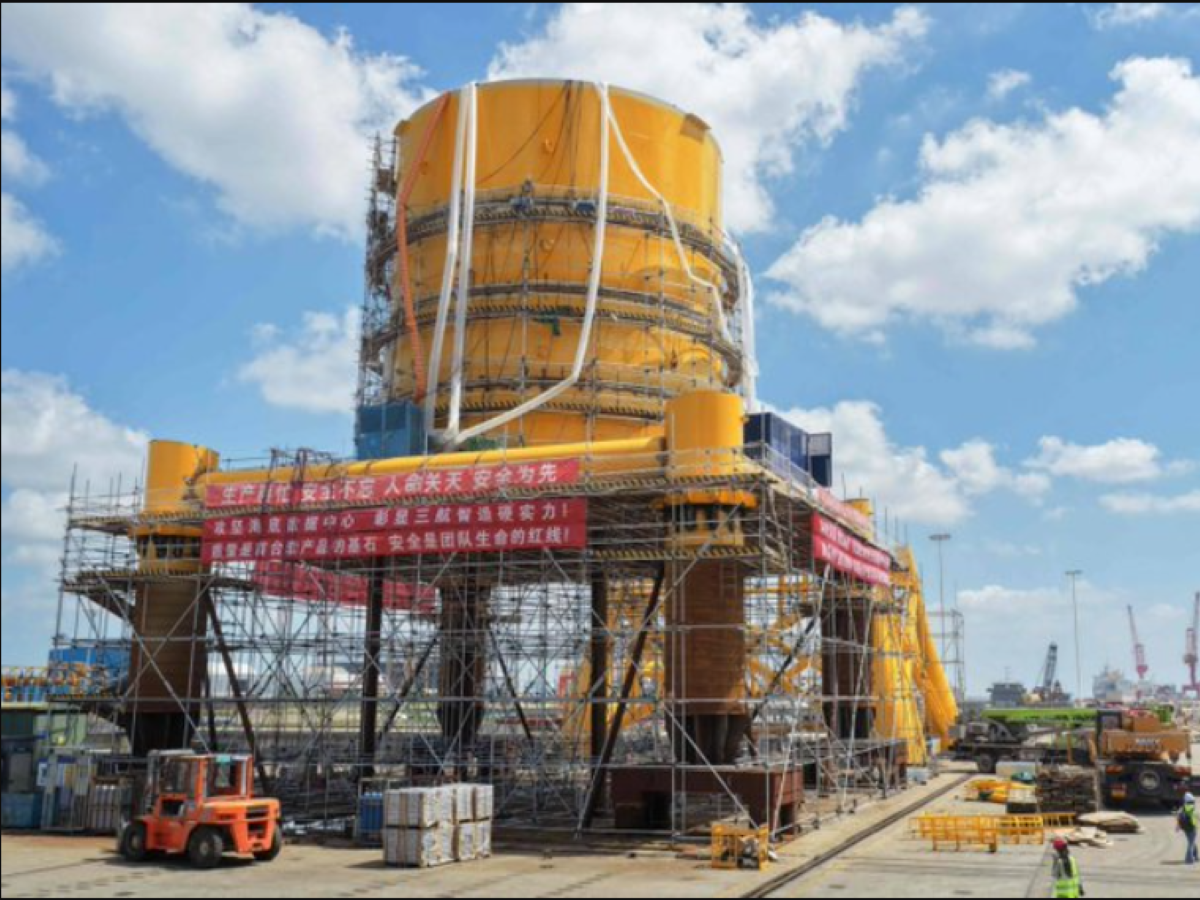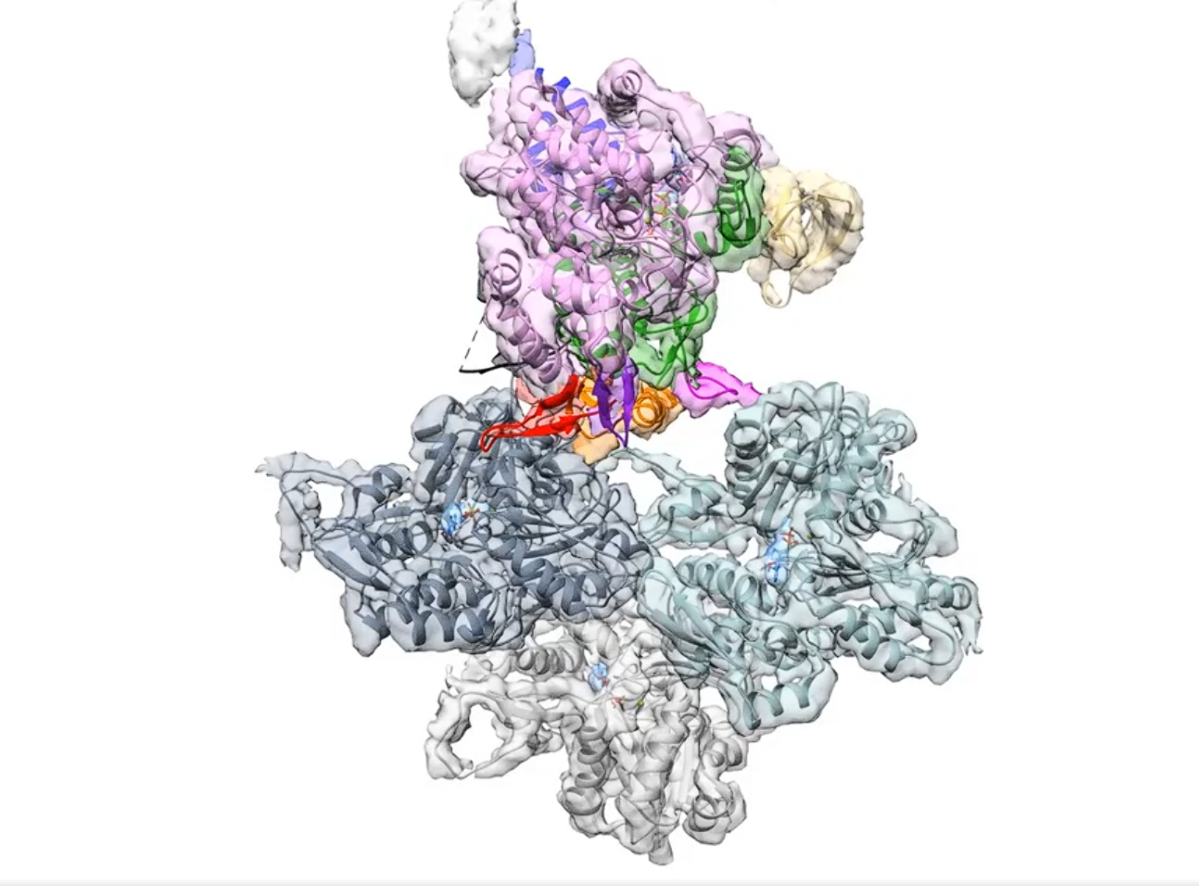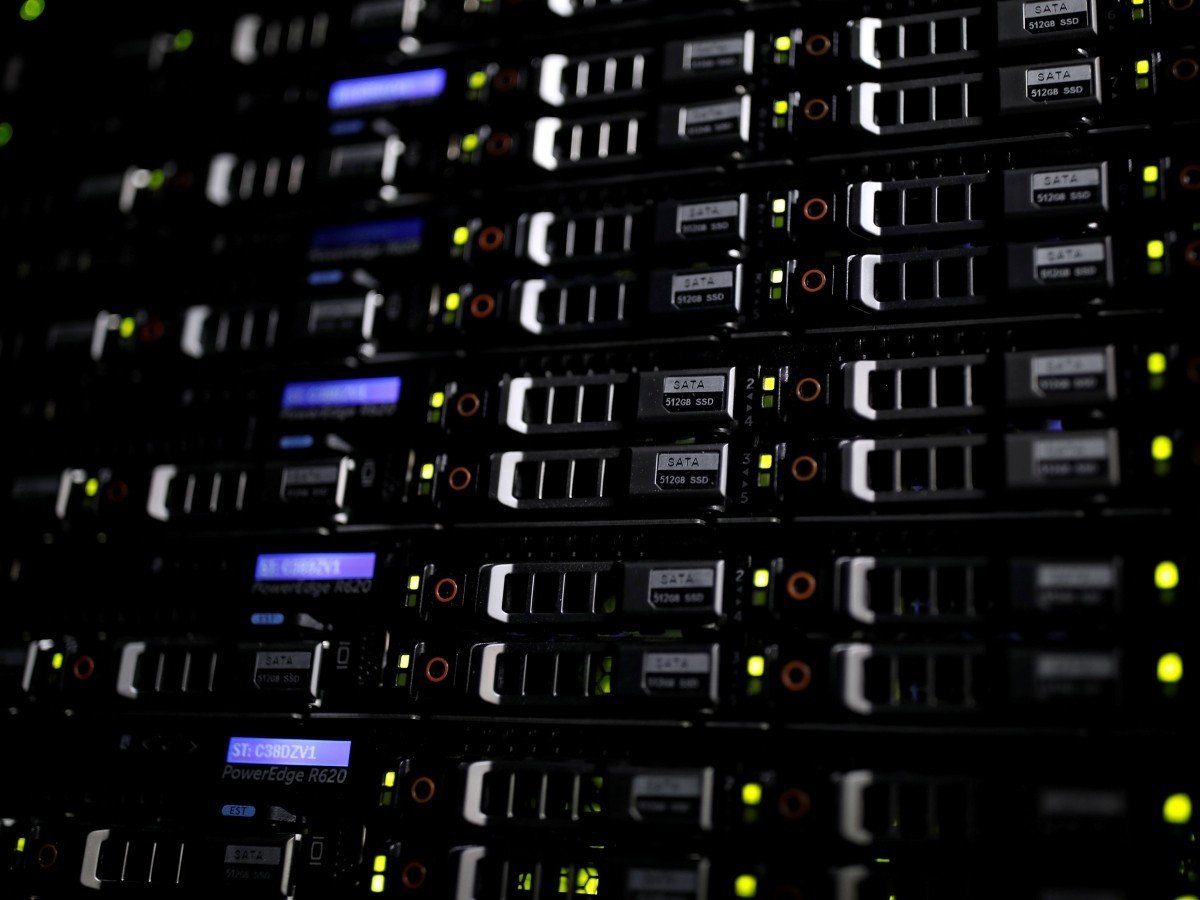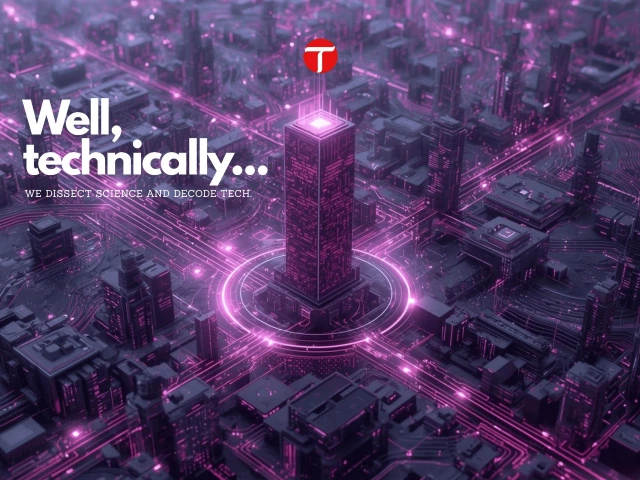China’s deep dive for data. Literally.
 Underwater data centre being developed by Chinese maritime technology company Highlander is seen under construction at a shipyard in Nantong, in China’s eastern Jingsu province. Source: x.com/japantimes
Underwater data centre being developed by Chinese maritime technology company Highlander is seen under construction at a shipyard in Nantong, in China’s eastern Jingsu province. Source: x.com/japantimes
China’s really gone off the deep end with this one.
They’re building a server pod near Shanghai that will be submerged underwater to reduce the power needed for cooling by a whopping 90%, so they say.
Highlander, the Chinese company behind this, is expected to sink the servers this month, and they will operate commercially with China Telecom being among the first customers.
Naturally, salt and electronics (or water and electronics for that matter) don’t mix well, so precautions had to be taken before this undertaking.
While this isn’t a new setup, as Microsoft tested this back in 2024 off the coast of Scotland, and China already has an underwater project going from 2023 in Hainan, it’s still an improvement from building data centres on land as the coolant costs are vastly lower, and Highlander claims that 95% of its energy comes from renewable resources.
Water and electricity are the two biggest concerns when building data centres, so if more countries and companies can adopt this practice, it would bode well on the environment and our bills. However, experts are concerned about ocean warming due to the continuous heat output of datacentres.
There has to be more research done on whether the benefits are worth the tradeoffs.
B(AI)ological warfare
 Molecular structure of the protein myosin. Source: x.com/NikoMcCarty
Molecular structure of the protein myosin. Source: x.com/NikoMcCarty
A team of researchers led by Microsoft found a “biological zero day,” an unrecognised security vulnerability, in DNA screening systems: AI can design unique toxins that bypass current biosecurity checks, as they don’t resemble anything that currently exists.
DNA synthesis companies screen their transcribed sequences against databases of known toxins, and if anything looks dangerous, then human intervention takes care of it. This has been the process for many years, and governments work closely with industries to prevent any new threats from slipping out of grasp, scaling up their screens from simple sequences to larger proteins.
The problem arises with the fact that multiple DNA sequences encode the same protein, and multiple proteins can perform the same function (as toxins or otherwise). Researchers tested various screening methods and, after many rounds of testing, found that out of 75000 variants of 72 toxins, only 1-3% avoided detection.
That’s good for us, because it means the AI makes non-functional proteins more often than not. All in all, it’s very difficult to weaponise this, as someone would have to order many sequences at once to find one sequence that acts as a toxin and bypasses the screen tests. But as AI tools become better, they may be able to make toxins that are both functional and unrecognisable at a higher rate.
Evolving biosecurity software and newer screening measures will be the only way to counter this growing threat.
The world’s imminent memory and storage supply problem.
 Source: Reuters
Source: Reuters
“Hmm, today I will build thousands of data centres that require a lot of resources to build and maintain. Surely this won’t have any unforeseeable negative effects on the world.”
First, AI came for our jobs. Then our bills increased because of the data centres. Now we’re getting underwater data centres and AI-made toxic proteins that may potentially be used as bio weapons?
The good news keeps on coming.
The global memory industry (NAND, DRAM, and even HDDs) is heading into a massive supply crunch that could last an entire decade, driven by the insane demand for AI data centres and the inability of production to keep up.
SSDs, RAM and even Hard Drives are all getting expensive again. The craze to train LLMs and make more complex AI models has tech giants pre-buying future supplies of memory chips years in advance, and the already dwindling memory supply is being taken up by the existing models.
Simultaneously, manufacturers are putting less funding into NAND and DRAM, and any fabrication takes years to build and billions in funding.
The current tariff wars and trade tensions don’t help here either, as they further throttle the supply.
What’s more, experts have warned that much like the dot-com bubble, AI is another bubble that is set to burst. It’s possible that a lot of the investment into AI will yield nothing, and investors are already cautious of putting too much into it.
Read: The age of uncertAInty: discussing AI’s effect on jobs and policy
So if you’re someone who needs a high-end PC, whether for work or for games, better buy now. Prices aren’t dropping anytime soon.

